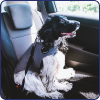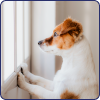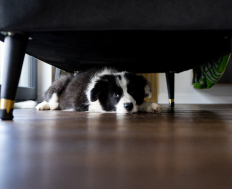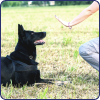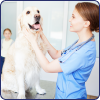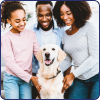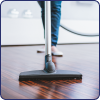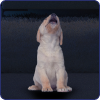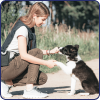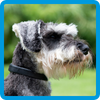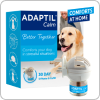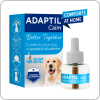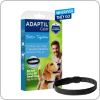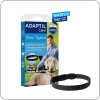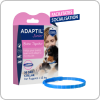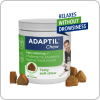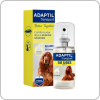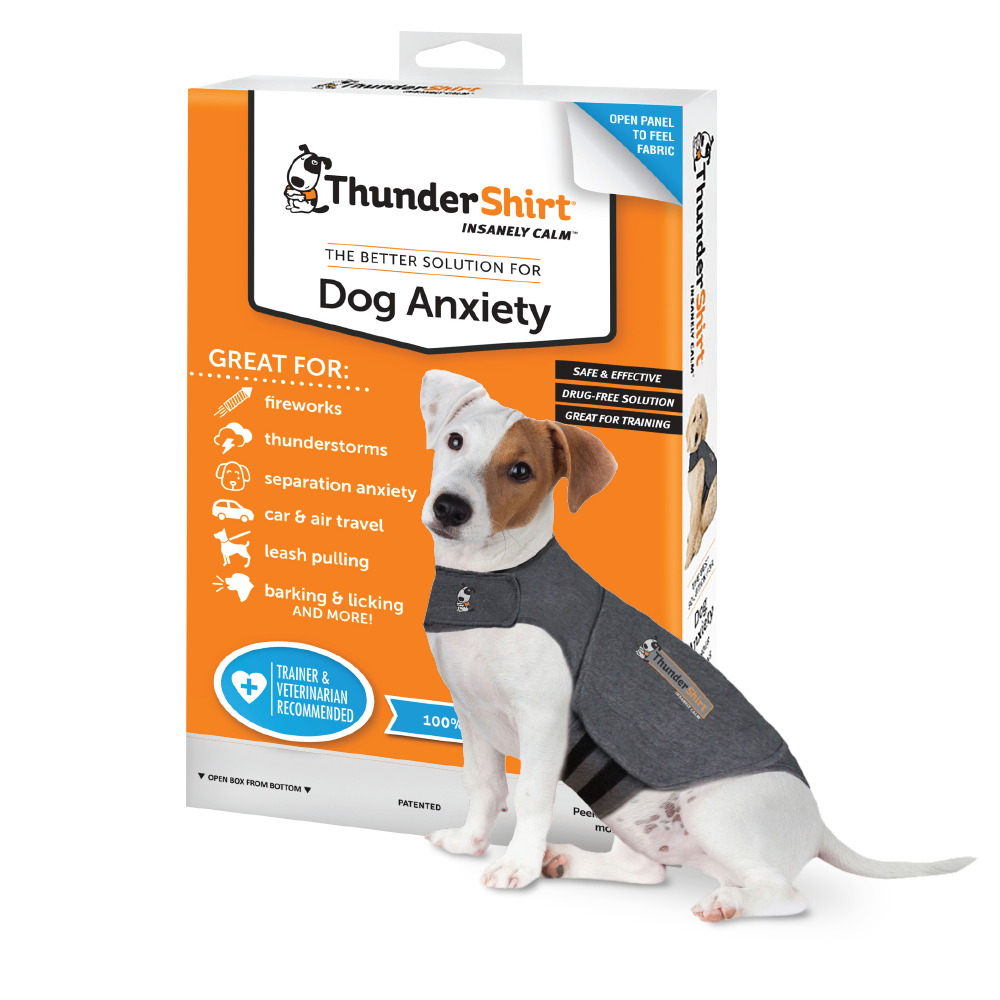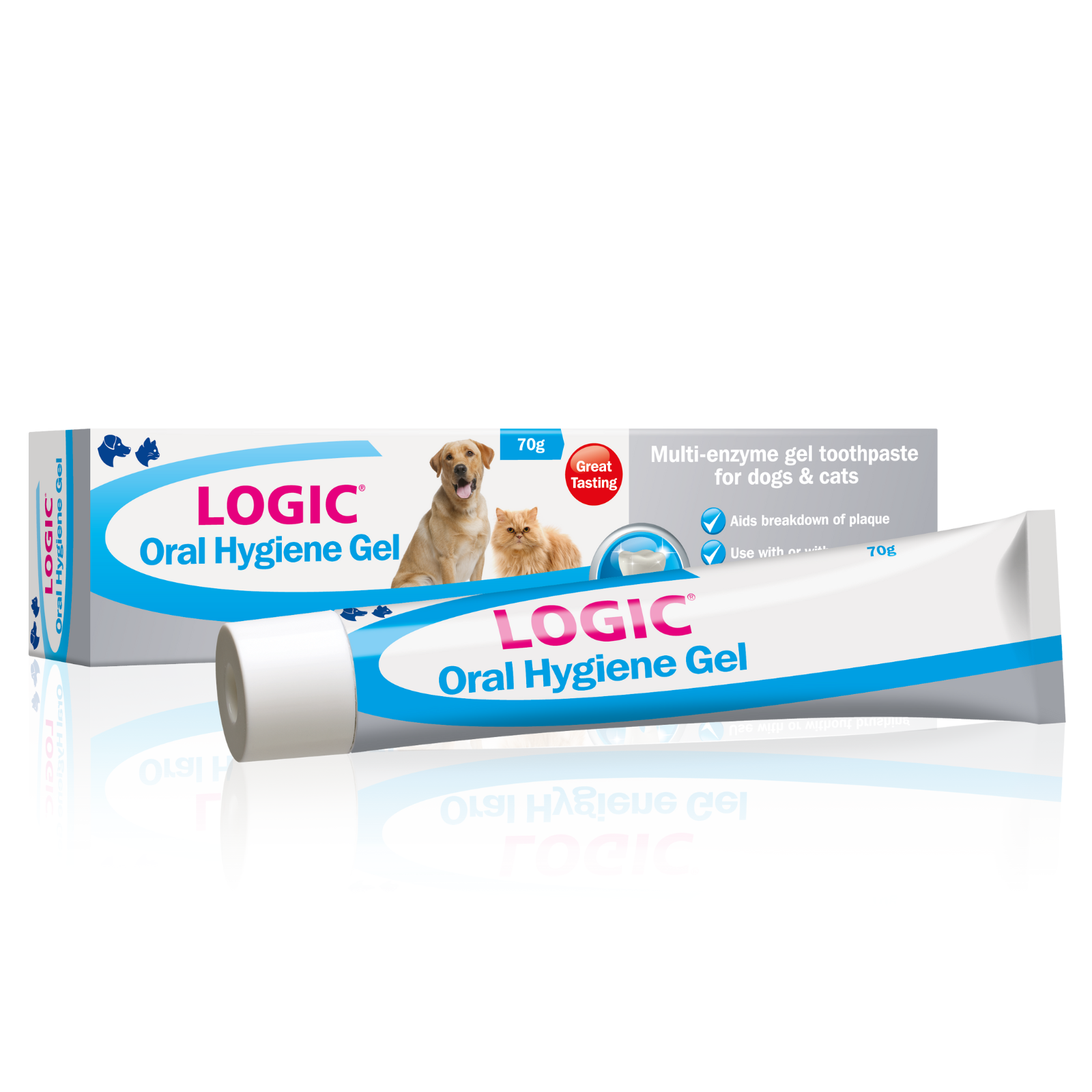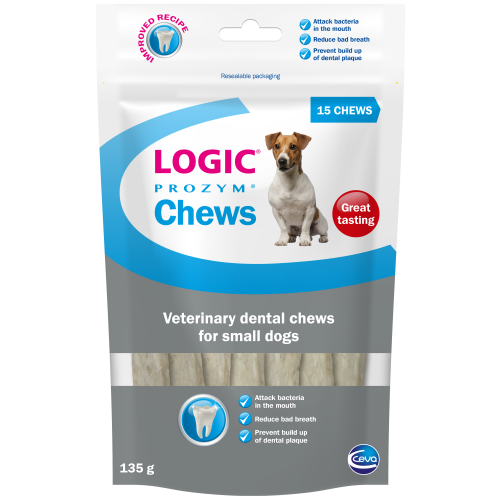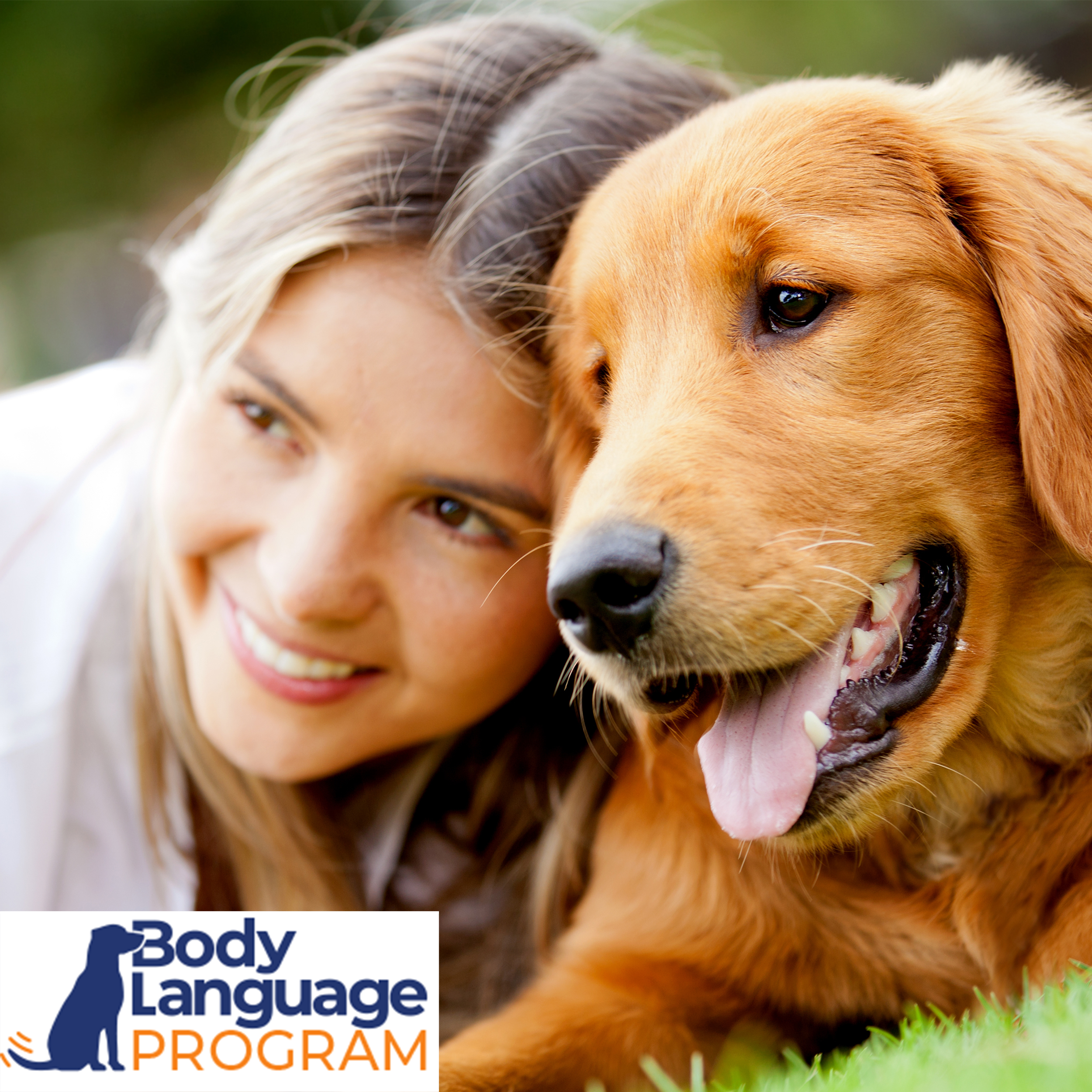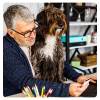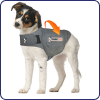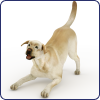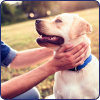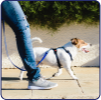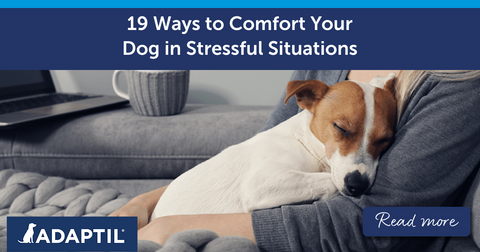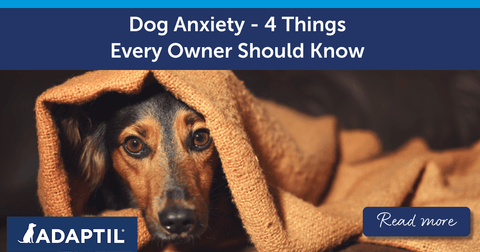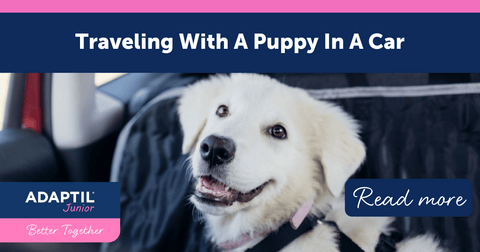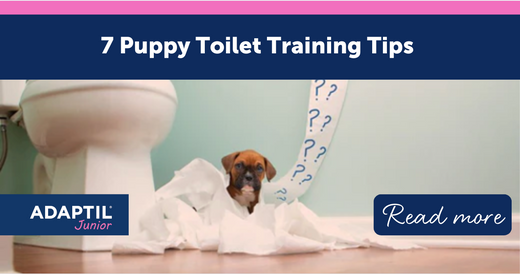
7 Puppy Toilet Training Tips
If you've just become best friends with your new puppy, toilet training is likely the first training exercise you will want to master together!
In the first few days of getting to know your pup, you may notice that they seem to go to the toilet fairly frequently. Like human babies, puppies haven't yet learned to 'hold on'! Typically, your new friend will want to go to the toilet as soon as they wake up, within an hour of eating, and might also wee when they get excited!
So how can you train your pup on where and when are the best places to 'go'? Taking your time, being patient and establishing a routine are all important when it comes to any kind of puppy training. These tips will help to make puppy toilet training easy for both you and your pooch.
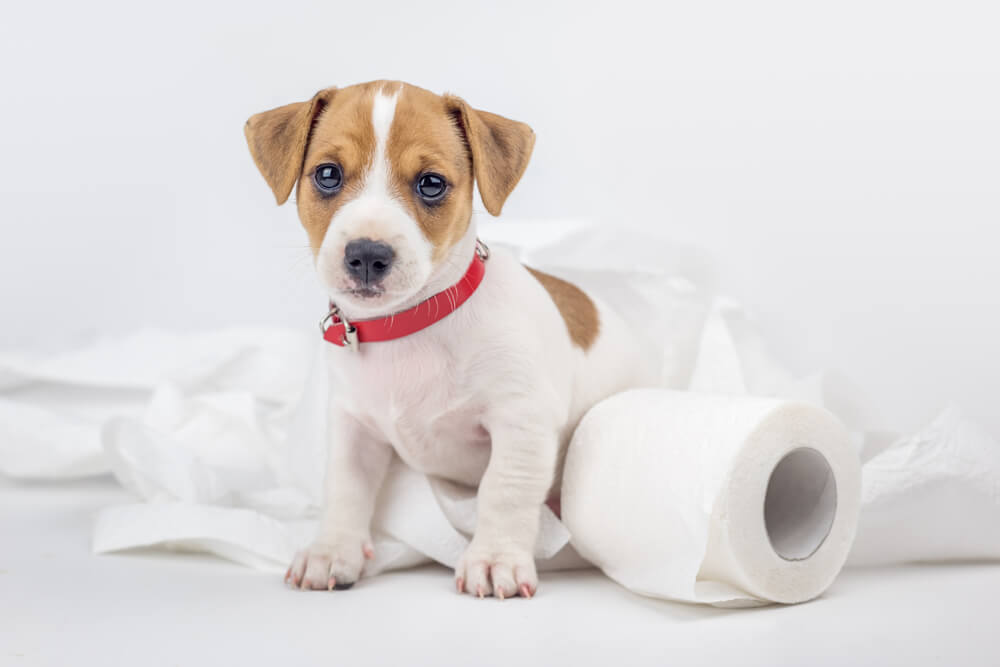
7 Puppy Toilet Training Tips
1. Set a routine
Routine is an essential part of puppy toilet training. Establish regular times to take your puppy outside, like when they wake up, after feeding and at other intervals throughout the day. Try to feed them at regular times, but don't overfeed, and only give your pooch a suitable puppy diet.
Sticking to a routine will help your puppy get the message, know what to expect, and start to learn control!
3. Expect accidents!
Puppies have very small bladders so their natural instinct is to empty them to feel more comfortable. So, it's perfectly normal and natural to expect your puppy to have several accidents during training - you should never punish them if they do, as this can have an adverse effect and damage the relationship between you and your pup.
When cleaning up after an accident, it's important to avoid ammonia-based products like bleach; these smell similar to urine and this could encourage your pup back to the same spot! Instead, only use warm water and biological washing powders.
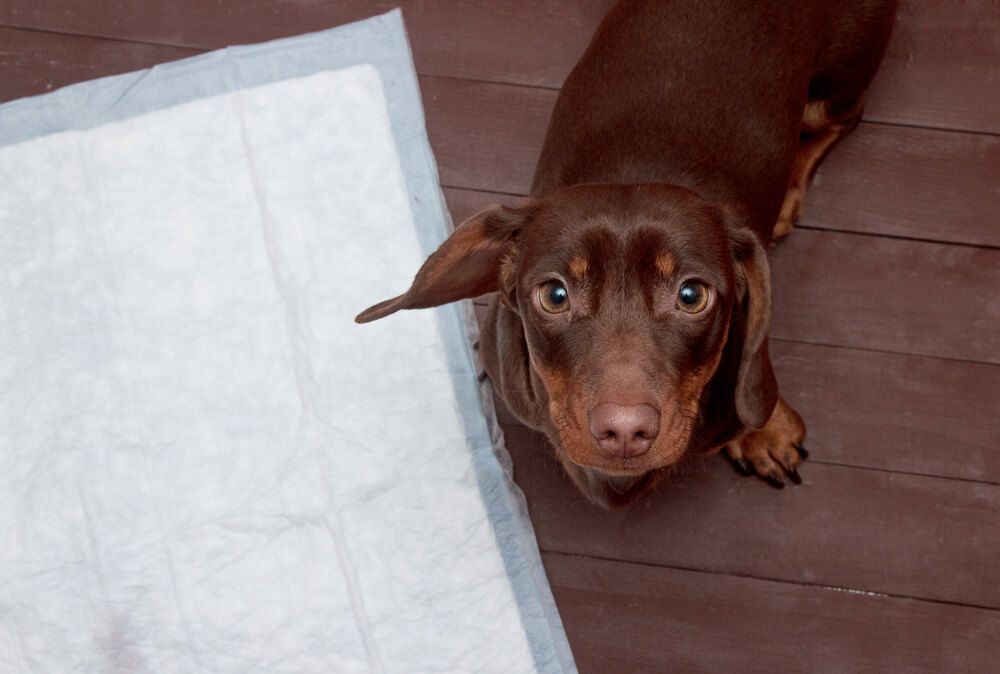
2. Be patient
Don't get frustrated, accidents happen! It's important to persevere and continue with your routine until you are confident your puppy understands, and knows to wait until they are outside.
When you are sure your puppy will wait, try reducing the number of trips you take outside and encourage them to hold on longer. Of course if accidents don't reduce, just increase the number of visits outside again.
4. Always keep training positive
Use a cue word regularly so that your pooch knows what you mean! When you see your dog relieving themselves, say a cue word like 'wee wee' in a positive tone, to help them to associate the command and the act in a positive way. At the start of your pup's training reinforcing the positive message with fuss and a treat may also help! You can then use that word in other appropriate outdoor locations to reinforce good house training habits!
Never use training methods that involve punishment; this can make your puppy frightened or confused.
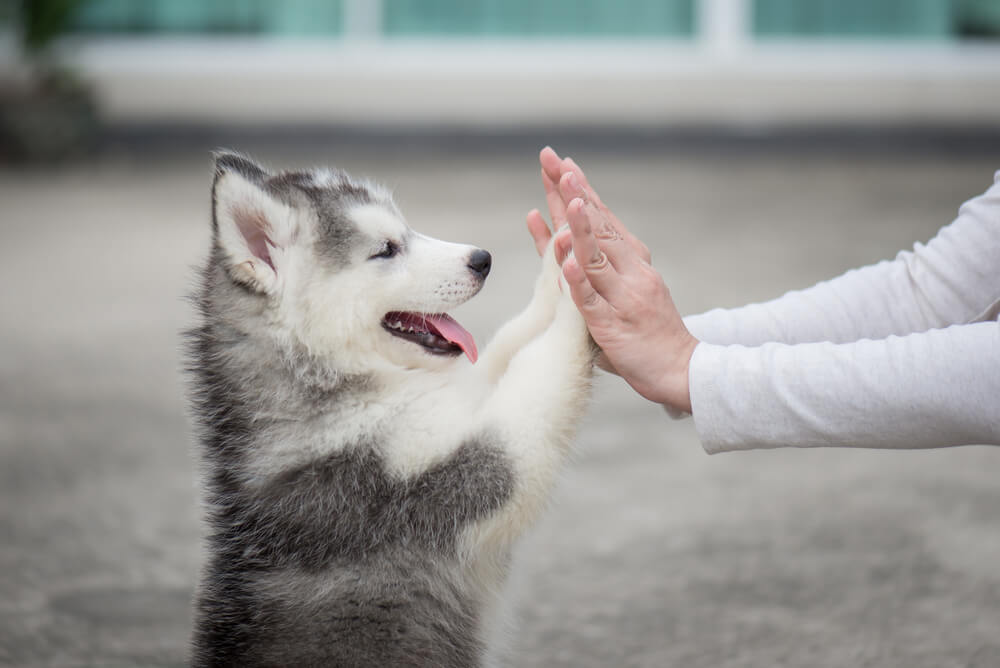
5. Teach your puppy to wait!
Using a crate or puppypen can help when training your puppy! Dogs naturally like dens, and a crate can provide a safe place that your pet can retreat to. In the wild, dogs like to keep their den clean, so your puppy will instinctively learn to 'hold on' when inside their crate. However, keep in mind that if very young puppies are left for too long without a toilet break, they won't be able to keep their crate clean, no matter how much they want to!
6. Schedule regular toilet breaks
It's important that your puppy has regular chances to relieve themselves outdoors. When you start training, take your pup outside every couple of hours, especially after meals, naps or after play. Taking them outside before bedtime and first thing in the morning is important so that both of you can have a good night's sleep!
Keep watch for signs that your pup needs to go - sniffing around, whining, being restless, circling or returning to a spot where they've had an accident, can all be doggy-speak for I need to go to the toilet!
7. Stay With Your Pup
It's important that you stay with your puppy as much as you can when they are very young. After all, you wouldn't leave a baby alone for a few hours!
Ideally, you should stay near your puppy until house training is well established, and they feel safe and secure. However, realistically this is not always possible so ensure you:
- Limit time away from young puppies to a maximum of 2 hours. This is about the length of time a younger pup will be able to 'hold on' before having an accident. You should consider the age of your puppy when leaving them; a 2 month old pup shouldn't be left longer than 2 hours, a three month pup no longer than three hours and so on.
- Make sure your puppy has had some exercise and gone to the toilet before you leave. If they have been exercised, they should sleep while you're away!
- Settle them into their own safe area where they will be comfortable.
- Leave an area covered in paper/newspaper in case they can't wait until you return. This is for your benefit rather than theirs - it makes clearing up easier!
Remember that leaving your pooch alone for too long could make them anxious, and might establish a habit of going to the toilet indoors; which is what you are trying to avoid!
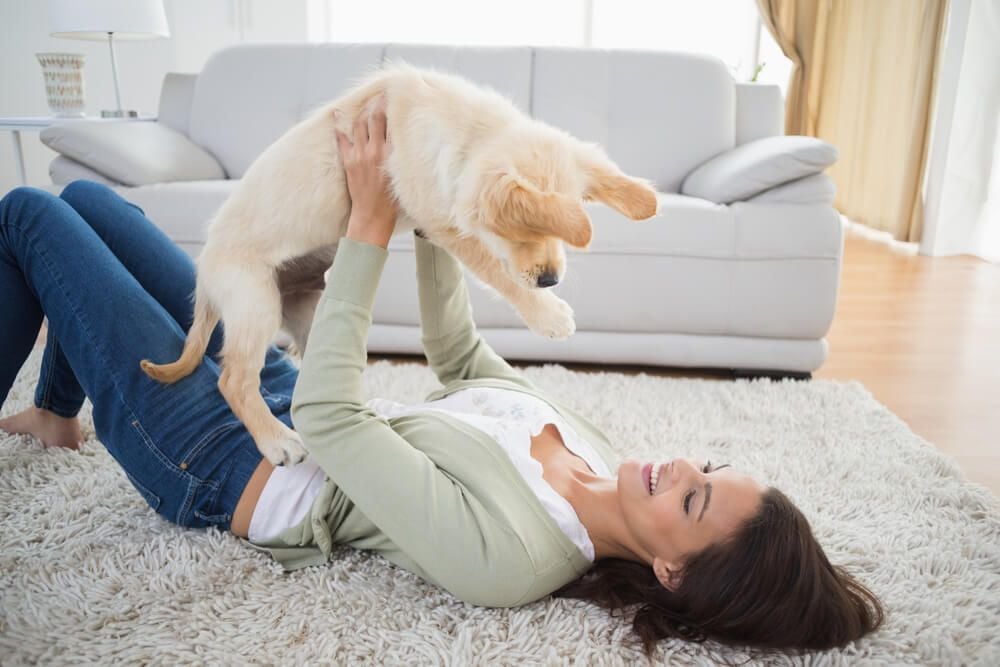
Consider ADAPTIL Junior
Fortunately, puppies are creatures of habit once they are trained, making them our perfect lifelong companions! The first few months of a puppy's life are very important for learning; so you may want a little help in training them.
Using ADAPTIL Junior is an effective way to comfort puppies if they feel stressed or anxious, and an Adaptil Junior Collar will help your puppy learn better, faster and develop into a well-balanced adult dog. Designed to help your puppy feel the same comfort and security as they did with their mother, ADAPTIL Junior provides constant support and helps your pup with new challenges such as training and learning.
